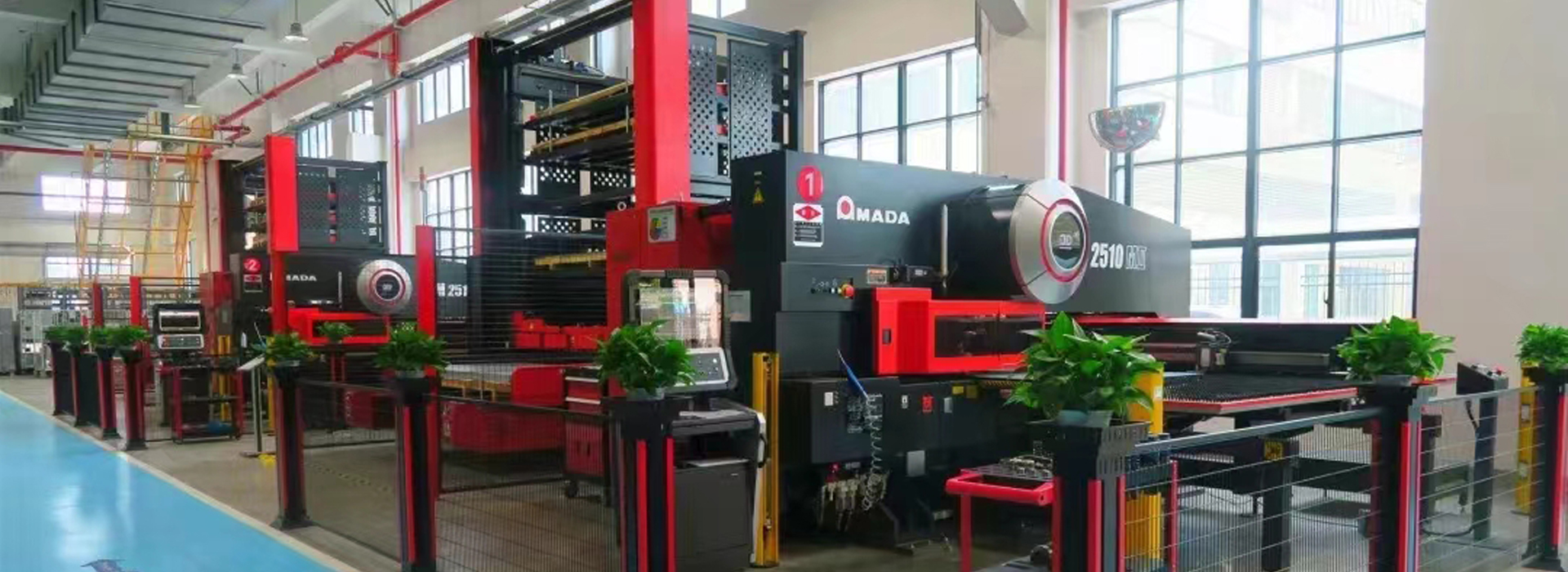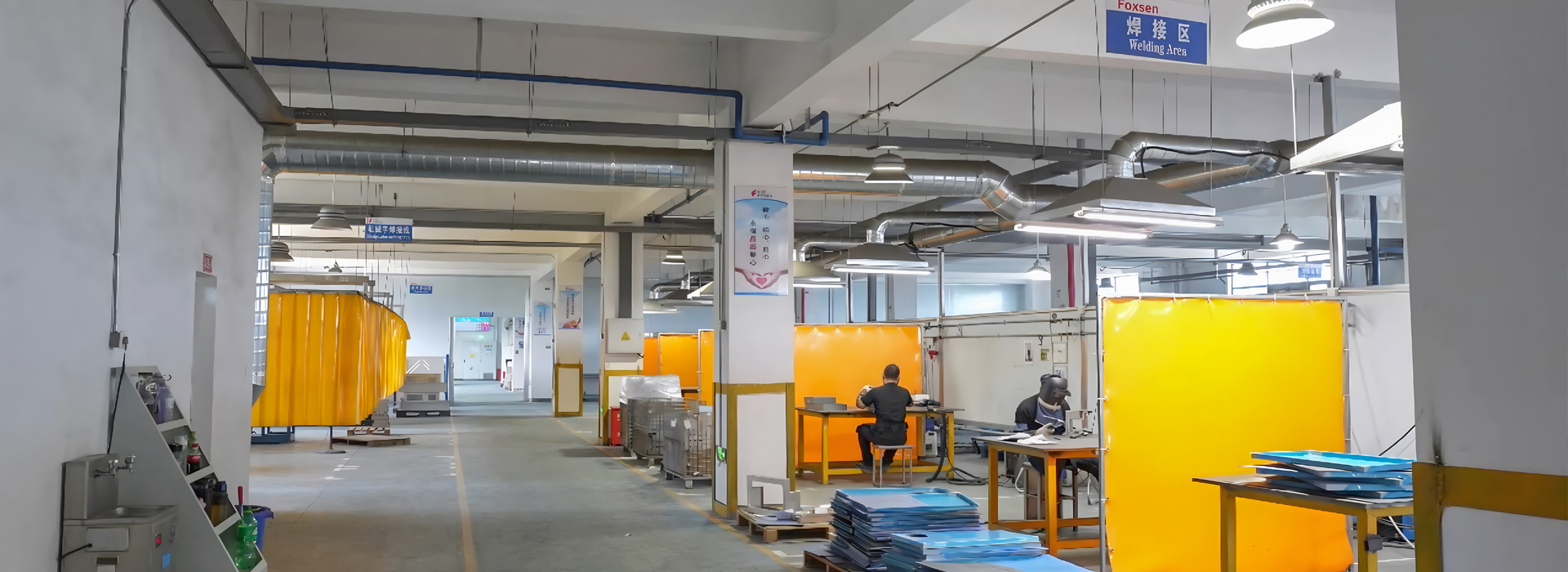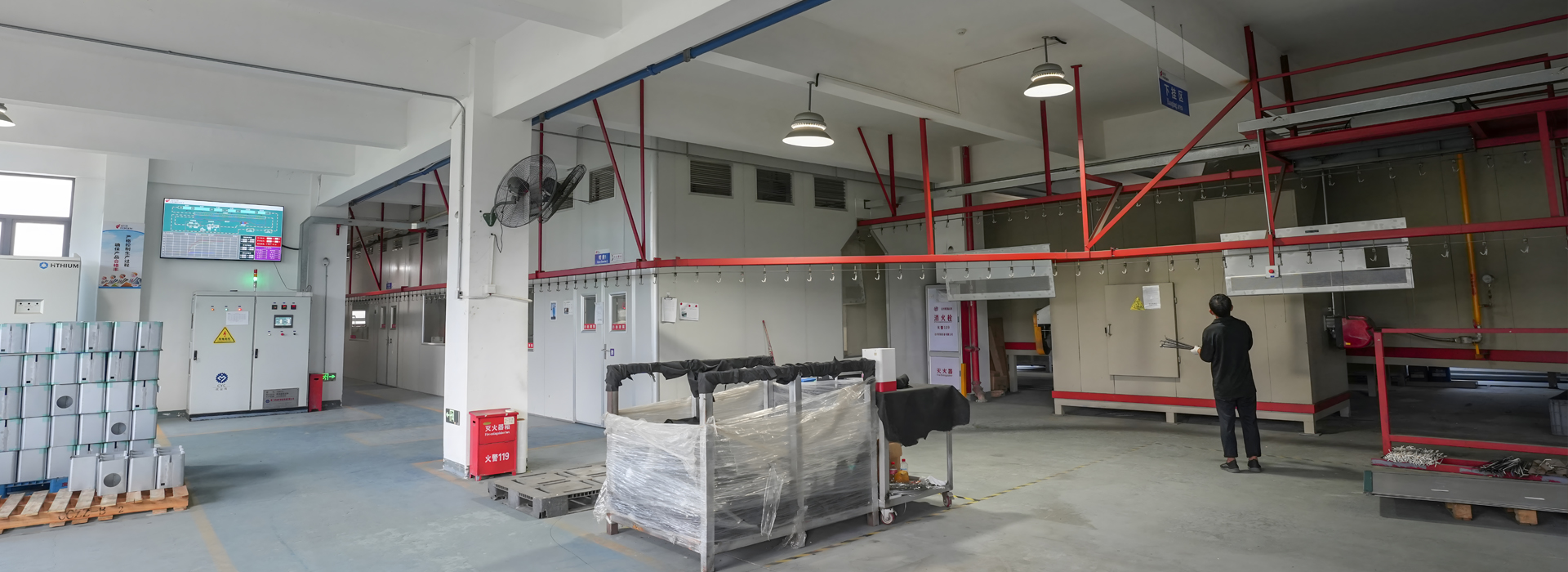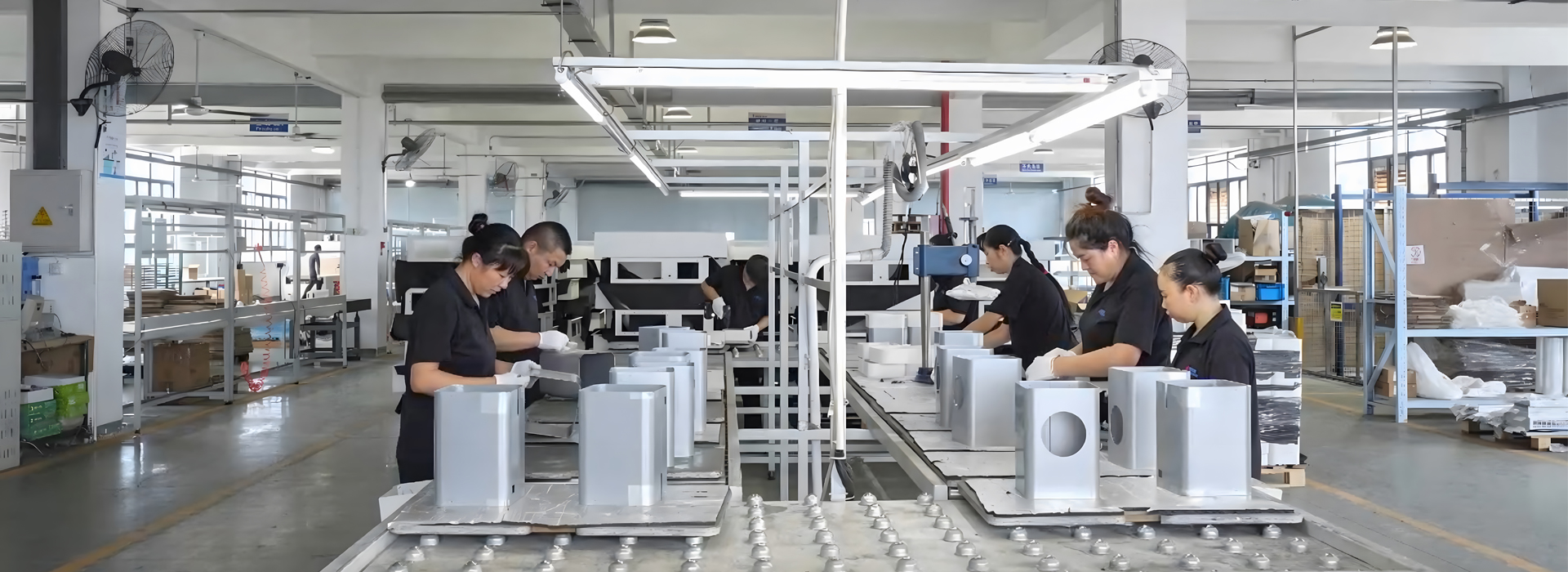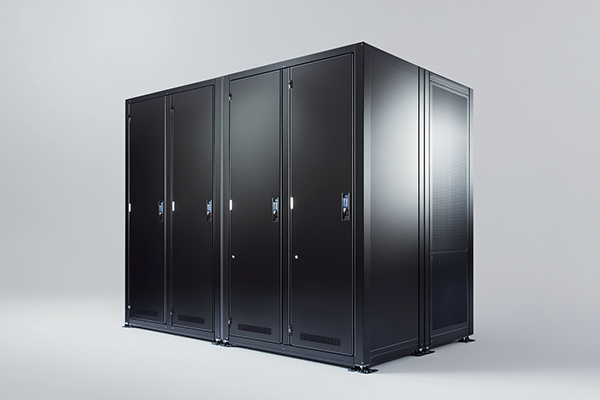
When it comes to storage, finding the ideal metal cabinet can feel overwhelming. I’ve been there, trying to figure out what works best for my space and items. The key is understanding your needs first. What are you storing? Where will the cabinet go? These questions shape your decision. Also, don’t forget about sheet Metal Cabinet Assembly. A well-assembled cabinet ensures durability and functionality. With the right choice, you’ll have a cabinet that’s practical and fits your lifestyle perfectly.
Key Takeaways
Think about what you need to store first. Make sure to know the size and type of items.
Pick the right metal for strength. Stainless steel is strong, while aluminum is light and rust-free.
Measure your space carefully so the cabinet fits. Check the size to avoid buying the wrong one.
Find features like shelves you can move and locks. These make the cabinet more helpful and secure.
Spend more for better quality. A strong cabinet costs more now but lasts longer, saving money later.
Identify Your Storage Needs
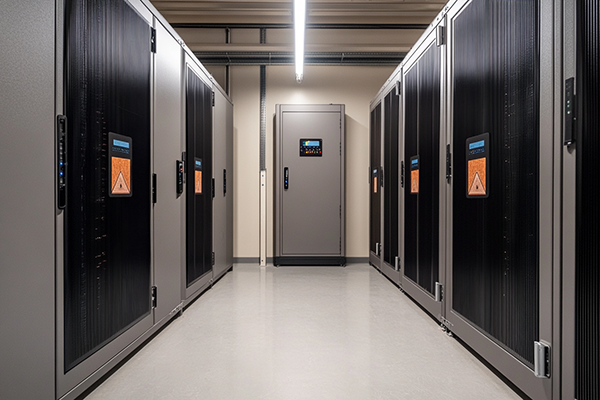
When I started looking for the perfect storage cabinet, I quickly realized that understanding my needs was the first step. Without that clarity, it’s easy to end up with a cabinet that doesn’t quite fit your space or your items. Let’s break this down into three key areas to help you make the right choice.
Assess the Type of Items You’ll Store
Think about what you’ll actually be storing. Are you organizing tools, office supplies, or maybe even sensitive documents? Each of these requires a different approach. For example, tools might need a cabinet with reinforced shelves, while documents might call for lockable compartments. Identifying your storage requirements upfront allows you to choose a cabinet with features like adjustable fittings or specialized compartments. This kind of customization not only improves functionality but also ensures you’re making the most of your space.
Tip: If you’re storing heavy items, look for cabinets designed to handle weight without sagging. Trust me, you don’t want shelves that buckle under pressure.
Consider Environmental Factors
Where you place your cabinet matters more than you might think. Is it going in a humid garage, a dusty workshop, or a climate-controlled office? Different environments can affect the durability and performance of your cabinet. Here’s what I’ve learned about how environmental conditions play a role:
Cabinets with robust construction can handle heavy loads and rough use, making them ideal for industrial settings.
Corrosion-resistant materials are a must for humid or outdoor environments.
High-quality metals ensure reliability and longevity, even in challenging conditions.
If you’re like me and want something that lasts, paying attention to these details can save you from replacing your cabinet too soon.
Evaluate Space and Layout Requirements
Before you buy, take a good look at your space. Measure everything. I’ve made the mistake of eyeballing dimensions before, and let’s just say it didn’t end well. Here are some things to keep in mind:
Environmental Conditions: Think about temperature, moisture, and dust exposure.
Accessibility: Make sure there’s at least three feet of clearance in front of the cabinet, and check that the doors can open fully.
Safety Regulations: Follow OSHA guidelines and local building codes for proper installation.
Space Constraints: If floor space is tight, consider wall-mounted options or cabinets with a smaller footprint.
By evaluating these factors, you’ll not only find a cabinet that fits but also one that enhances your space. Trust me, a little planning goes a long way.
Key Selection Criteria
Select the Right Metal Type
When choosing a metal cabinet, the type of metal you select can make or break its performance. I’ve learned that not all metals are created equal, and each has unique characteristics that suit different needs. For example, if you’re looking for something lightweight and corrosion-resistant, aluminum might be your best bet. On the other hand, stainless steel offers unmatched durability and strength, making it ideal for heavy-duty storage cabinets.
Here’s a quick breakdown of common metal types and their applications:
Tip: If you’re storing items in a humid or wet environment, go for galvanneal or stainless steel. These materials resist rust and last longer in challenging conditions.
By taking the time to select the right metal type, you’ll ensure your storage cabinet meets your specific needs and stands the test of time.
Size and Dimensions
Size matters when it comes to storage cabinets. I’ve made the mistake of buying a cabinet that didn’t fit my space, and trust me, it’s not fun. Before you buy, measure your available space carefully. Think about the height, width, and depth of the cabinet, as well as the clearance needed for doors or drawers to open fully.
Here are some key guidelines to keep in mind:
Cut Tolerance: Most cabinets have a cut tolerance of +/- 0.005 inches. This ensures precision during manufacturing.
Assembly Clearance: Leave 5-10% of the material thickness as clearance for smooth movement.
Bend Relief Clearance: This prevents deformation near bends, ensuring the cabinet maintains its shape.
Pro Tip: Always double-check your measurements and consider functional clearances. A little extra planning can save you from a lot of frustration later.
Layout and Accessibility
The layout and accessibility of your metal cabinet play a huge role in its usability. I’ve found that a poorly designed cabinet can make even the simplest tasks feel like a chore. Think about how you’ll access the items inside. Do you need adjustable shelves? What about sliding drawers or pull-out trays?
Here are some things to consider:
Door Type: Swing doors are great for wide spaces, while sliding doors work better in tight areas.
Internal Layout: Adjustable shelves let you customize the cabinet to fit your items perfectly.
Accessibility: Make sure there’s enough clearance around the cabinet for easy access.
For industrial or professional use, you might also want to look into technical specifications like airtightness and durability. Here’s a quick overview of some key performance tests:
Note: If you’re planning to store sensitive items, look for cabinets that pass airtightness and salt spray tests. These features ensure your items stay safe and secure.
By focusing on layout and accessibility, you’ll end up with a storage cabinet that’s not only functional but also a joy to use.
Durability and Build Quality
When I think about storage solutions, durability is always at the top of my list. After all, no one wants to invest in a cabinet that falls apart after a few years. That’s why I’ve always leaned toward sheet metal cabinets—they’re built to last. But what exactly makes them so reliable? Let me break it down for you.
First, the materials used in sheet metal cabinets are designed to withstand the test of time. Unlike wood or plastic, metal doesn’t warp, crack, or degrade easily. I’ve seen cabinets made from stainless steel and cold-rolled steel that still look brand new after years of use. These materials resist fire, water, and even pests, making them a smart choice for both home and industrial settings.
Here’s a quick comparison to show how sheet metal cabinets stack up against other materials:
I’ve personally experienced the benefits of these features. For example, a durable enclosure made of stainless steel in my garage has survived everything from heavy tools to accidental spills. It’s reassuring to know that I don’t have to worry about replacing it anytime soon.
Another thing I’ve noticed is how build quality plays a huge role in performance. A well-constructed cabinet feels solid. The welds are clean, the edges are smooth, and the doors open and close effortlessly. These details might seem small, but they make a big difference in everyday use. If you’re like me and want something that meets your needs without constant repairs, paying attention to build quality is essential.
Tip: Look for cabinets with reinforced corners and high-quality finishes. These features add extra strength and protect against wear and tear.
In the long run, investing in a sheet metal cabinet with excellent durability and build quality saves you money and hassle. It’s one of those decisions you’ll thank yourself for years down the road.
Features to Enhance Functionality
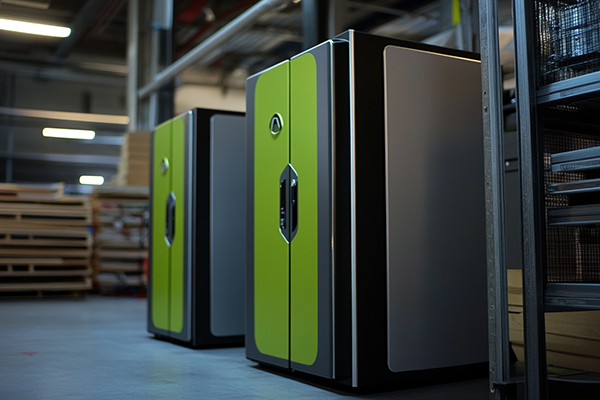
Adjustable Shelves and Internal Configuration
One of the best things about a custom sheet metal cabinet is how flexible it can be. I’ve found that adjustable shelves make a huge difference when organizing items of varying sizes. You can move the shelves up or down to fit taller tools or stack smaller items neatly. It’s like having a cabinet that grows with your needs.
Design studies have shown that modular systems and adjustable shelving improve storage flexibility. Cabinets with interchangeable drawer inserts or stackable units allow you to reconfigure the layout as your requirements change. This means you won’t outgrow your cabinet anytime soon.
Modular systems expand as storage needs grow.
Adjustable shelves and interchangeable inserts adapt to evolving requirements.
Stackable cabinets maximize space and efficiency.
If you’re like me and enjoy keeping things organized, these features are a game-changer. They make your cabinet more functional and help you get the most out of your storage space.
Mobility and Portability
Sometimes, you need your cabinet to move with you. I’ve had moments where I wished my storage wasn’t stuck in one spot. That’s where mobility comes in. Cabinets with wheels or casters make it easy to relocate them, whether you’re rearranging your workspace or cleaning underneath.
Look for cabinets with lockable casters. They keep the cabinet stable when you need it to stay put but allow smooth movement when you need to shift it. Lightweight materials like aluminum also make portability easier without sacrificing durability.
Tip: If you’re working in a dynamic environment, a portable cabinet can save you time and effort.
Security Features
Let’s talk about keeping your items safe. Whether you’re storing tools, documents, or valuable equipment, security features are essential. I’ve always preferred cabinets with built-in locks or reinforced doors. They give me peace of mind, especially in shared spaces.
Some cabinets even come with advanced options like electronic keypads or biometric locks. These features add an extra layer of protection. If you’re storing sensitive items, it’s worth investing in a cabinet with these modern security upgrades.
Note: A secure cabinet doesn’t just protect your belongings—it also keeps your workspace organized and clutter-free.
Custom Sheet Metal Cabinet Options
When it comes to storage, I’ve found that nothing beats the flexibility of a custom sheet metal cabinet. Designing a custom sheet metal cabinet lets you tailor every detail to your needs. Whether you’re organizing tools in a workshop or storing sensitive documents in an office, customization ensures your cabinet works perfectly for your space and items.
Here’s what I’ve learned about the benefits of custom enclosures:
Space Efficiency: In a retail study, custom metal drawer systems provided 30% more storage capacity than traditional shelving. This extra space makes a huge difference, especially in tight areas.
Durability and Longevity: A warehouse study showed that metal drawer systems held up with minimal wear after years of use. I’ve seen firsthand how durable these cabinets can be—they’re built to last.
Organization and Accessibility: In a busy office, employees located items 50% faster with custom metal drawer systems. That kind of efficiency saves time and reduces frustration.
Versatility: A manufacturing facility found that custom enclosures adapted easily to store various items. I love how these cabinets can evolve with your needs.
When designing a custom sheet metal cabinet, you can choose features like adjustable shelves, sliding drawers, or lockable compartments. I’ve worked with cabinets that had modular systems, and they made organizing so much easier. You can even pick materials like stainless steel or aluminum to match your environment.
Tip: If you’re unsure where to start, think about your space and the items you’ll store. Customization lets you create a cabinet that fits like a glove.
Custom enclosures aren’t just practical—they’re also a smart investment. They save you money in the long run by reducing the need for replacements. Plus, they make your space look clean and professional. I’ve seen customers transform their homes and workplaces with tailored solutions from brands like Space Plus Modern Cabinets & Closets. It’s amazing how a well-designed cabinet can change everything.
Budget and Quality Assessment
Balancing Cost and Longevity
When I shop for a storage cabinet, I always think about the balance between cost and longevity. It’s tempting to go for the cheapest option, but I’ve learned that it often costs more in the long run. A low-priced metal cabinet might look good at first, but if it starts rusting or falling apart after a year, it’s not worth it. Instead, I focus on cabinets that offer durability and high-quality materials.
For example, stainless steel cabinets might cost more upfront, but they last for decades. They resist rust, dents, and wear, making them a smart investment. I also look for features like reinforced shelves and sturdy hinges. These details might seem small, but they make a big difference in how long the cabinet lasts.
Tip: Think of your storage cabinet as a long-term investment. Spending a little more now can save you from frequent replacements later.
Comparing Brands and Models (e.g., Foxsen Cabinets)
Choosing the right brand can feel overwhelming with so many options out there. I’ve found that sticking to trusted names like Foxsen Cabinets makes the process easier. Foxsen offers a wide range of metal cabinets designed for different needs, from heavy-duty industrial use to sleek office storage.
What I love about Foxsen is their attention to quality. Their cabinets are built with precision, using high-grade materials that ensure durability. Plus, they offer customizable options, so you can get a cabinet that fits your space perfectly. I’ve used their products in my workshop, and they’ve held up beautifully under heavy use.
If you’re comparing brands, look at customer reviews and product specifications. Pay attention to details like weight capacity, material type, and finish. These factors can help you decide which cabinet offers the best value for your money.
Warranty and After-Sales Support
A good warranty is like a safety net. It gives me peace of mind knowing that if something goes wrong, I’m covered. When I buy a storage cabinet, I always check the warranty terms. Most high-quality brands, like Foxsen, offer warranties that cover manufacturing defects and other issues.
After-sales support is just as important. I’ve had experiences where a company’s customer service made all the difference. Whether it’s replacing a faulty part or answering questions about installation, good support can save you a lot of frustration.
Note: Always choose a brand that stands behind its products. A strong warranty and reliable support are signs of a company that values its customers.
Installation and Maintenance Tips
Preparing for Sheet Metal Cabinet Assembly
When I first tackled sheet metal cabinet assembly, I realized preparation was half the battle. It’s not just about grabbing tools and diving in—it’s about setting yourself up for success. Here’s how I approach it:
Clear the Workspace: I always make sure the area is clean and free of clutter. A tidy space makes assembly faster and safer.
Gather Tools: Having the right tools on hand is crucial. A screwdriver, wrench, and measuring tape are my go-to essentials.
Read the Instructions: I know it’s tempting to skip this step, but trust me, reading the manual saves time and frustration.
Tip: If you’re assembling a rackmount enclosure, double-check the dimensions to ensure it fits your storage space perfectly.
By preparing properly, I avoid mistakes and make the process smoother. It’s all about starting on the right foot.
Proper Setup and Installation
Setting up a sheet metal cabinet isn’t just about putting it together—it’s about making sure it works well in your space. I’ve learned a few tricks over the years that make installation easier and more effective.
First, I always check the layout of the room. I measure the space carefully to ensure the cabinet fits without blocking doors or walkways. For lockable cabinets, I make sure the locks are accessible and functional.
Here’s my step-by-step process:
Position the Cabinet: Place it in the desired location, ensuring proper ventilation around the unit.
Secure the Base: If the cabinet is freestanding, I anchor it to the floor or wall for stability.
Adjust Internal Features: I customize the shelves and compartments based on my organisation needs.
Note: Cabinets with stronger and more watertight joints, achieved through appropriate welding methods, are ideal for humid environments.
Proper installation not only improves functionality but also enhances security and durability.
Maintenance Practices for Longevity
Maintaining a sheet metal cabinet is like caring for a car—it keeps everything running smoothly and extends its lifespan. I’ve found that routine maintenance is key to avoiding unexpected breakdowns.
Here’s what I do regularly:
Daily Cleaning: Dust and debris can accumulate quickly. I wipe down the cabinet daily to keep it looking sharp and functioning well.
Inspect for Damage: I check for dents, scratches, or loose parts. Catching minor issues early prevents bigger problems later.
Lubricate Moving Parts: Hinges and sliding drawers need lubrication to reduce friction and wear.
Tip: Good ventilation inside the cabinet prevents overheating hazards and extends the lifespan of electronic components stored in rackmount enclosures.
Using high-quality materials like stainless steel or galvanized steel also helps. These materials, combined with careful construction, ensure the cabinet can endure challenging conditions for years.
By following these practices, I keep my cabinets in top shape and maximize their storage space. It’s all about staying proactive and organized.
Choosing the right sheet metal cabinet starts with understanding your needs. From material and size to features like security and mobility, every detail matters. Customization plays a huge role here. It lets you design a cabinet that fits your space and items perfectly. Trusted brands like Foxsen and HSJ make this process even easier with their focus on quality and reliability.
Take the time to evaluate your options. A little planning now will save you time and money later. 😊
FAQ
What is the ideal sheet metal thickness for a cabinet?
The thickness depends on your needs. For heavy-duty use, I recommend thicker metal, like 16-gauge steel. For lighter storage, thinner options work fine. Thicker metal adds durability but might increase weight.
How do I ensure my metal cabinet lasts longer?
Regular cleaning and inspections help. I wipe mine down weekly to prevent rust. Lubricating hinges and checking for damage keeps it functional. High-quality materials like stainless steel also make a big difference.
Can I customize a sheet metal enclosure for my space?
Absolutely! Customization lets you tailor the cabinet to your needs. Adjustable shelves, lockable compartments, and specific dimensions make it a secure storage solution. I’ve customized mine, and it fits perfectly.
Are portable metal cabinets worth it?
Yes, if you need flexibility. I use one with lockable casters, and it’s a game-changer. It’s easy to move around, especially in dynamic spaces like workshops or garages.
What features should I look for in a secure storage solution?
Built-in locks, reinforced doors, and durable materials are key. I prefer cabinets with electronic locks for added security. These features protect your items and keep your space organized.

